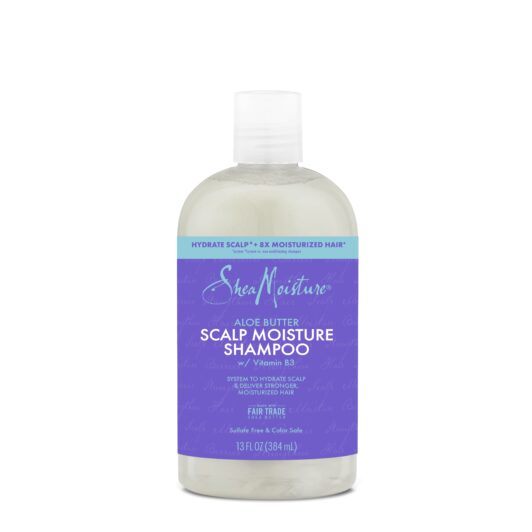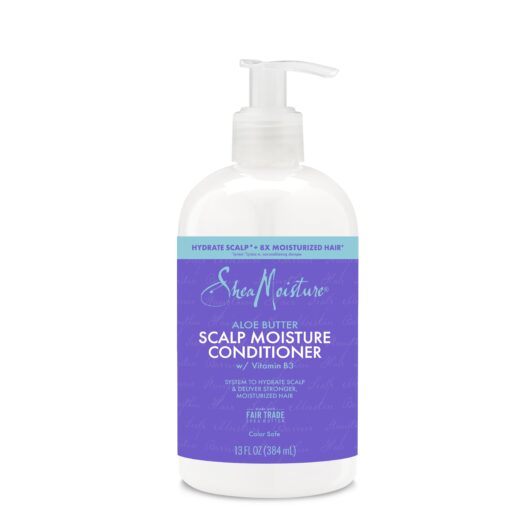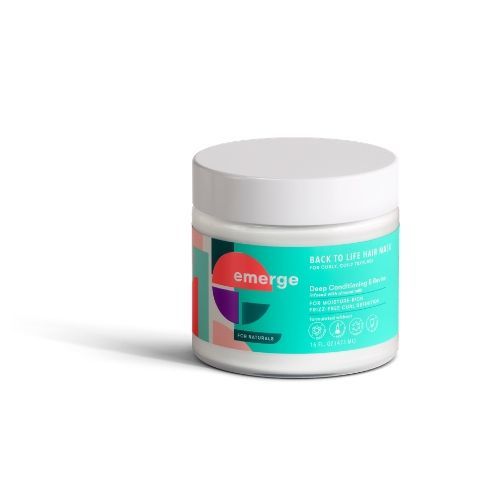
ATH Opinion: Does Hair Training Work and Which Hair Type Can Benefit From this Technique
There might be some truth about this technique.
Thanks to TikTok, we have a new hair care trend that has us all wondering — “Does this really work?” Hair Training is currently all the buzz in the realm of trends. This technique, which typically involves gradually reducing the frequency of routine hair washes, aims to promote healthier hair growth by encouraging the scalp to produce natural oils. While scalp training might seem simple, understanding its nuances and implementing it correctly is crucial to reap its potential benefits.
What is Hair Training?

Hair training, also known as scalp training or sebum reset, is the practice of gradually reducing the frequency of hair washes to encourage your scalp to produce less oil and maintain your hair’s moisture. The idea behind this method is that when you strip away natural oils too often, your scalp goes into overdrive, producing more oil to compensate. Excess oil production can clog pores and stunt hair growth. In addition to this, over-washing your hair can also dry out your strands, which can lead to breakage. By washing your hair less frequently, you can help regulate your scalp’s oil production and hair strand texture, leading to healthier, less greasy, or less brittle hair.
Why Should I Use the Hair Training Technique

Hair Training Reduces Reliance on Products
Over time, scalp training can help reduce dependence on an extensive hair routine, making your steps simpler and more cost-effective. Shortening your routine and the steps it takes to maintain your look gives you more time to focus on your overall hair health and more intricate and creative ways to style your hair.
Promotes Healthy Scalp
Hair training helps balance the scalp’s oil production, leading to a healthier scalp. Depending on your hair type and texture, this can help reduce excess oil production on the scalp, which slows down hair growth and causes hair breakage at the root. On the contrary, for some hair types, hair training can reduce itchiness and dandruff, which is caused by excessive dryness
Enhances Hair Moisture
By allowing your hair strands to produce their natural oils, rather than consistently washing away the oils your hair naturally produces, hair training helps to keep your hair hydrated, in turn, lt combats dryness, frizziness, and breakage, making it easier to maintain and style your hair overall.
Who Can Hair Training Benefit?

Hair training can be beneficial for all hair types, but it’s particularly well-suited for individuals with:
- Oily hair: Hair training can help regulate oil production, reducing the appearance of greasy hair.
- Textured hair: Curly, coily, and afro hair types are more prone to dryness, and hair training can help maintain moisture balance. It can also enhance curl definition by maintaining moisture levels within the hair shaft, allowing curls and coils to retain their shape.
- Sensitive scalps: Harsh shampoos and frequent washing can irritate sensitive scalps. Scalp training can help reduce scalp irritation and promote overall scalp health.
How to Hair Train

1. Start Gradually
Embarking on the journey of extending the time between hair washes is a gradual process that begins with a subtle adjustment to your routine. Take the initial step by elongating the period between washes, perhaps by a day or two, allowing your hair to acclimate to this new schedule. As your locks adapt to this change, consider gradually extending the intervals, allowing your hair to find its optimal balance. If you have the urge to wash your hair in-between intervals, try rinsing without product,
2. Choose Gentle Cleansers
When selecting hair care products, particularly shampoos, opt for those with a gentle touch. If you have curly or oily hair, choose mild shampoos specifically formulated for textured hair to ensure you cleanse without harshly stripping away the natural oils that contribute to your hair’s health and vitality. This mindful selection in your hair care products will play a pivotal role in nurturing your strands through scalp training. We are currently loving SheaMoisture Aloe Butter Scalp Moisture Shampoo and Conditioner
3. Condition Regularly
Incorporating regular conditioning into your routine is paramount for maintaining the delicate moisture balance of your hair. Deep conditioning treatments should become a staple, applied at least once a week, or perhaps every other week, to infuse your locks with the hydration they need to stay supple and resilient. This essential step ensures your hair remains well-nourished throughout the scalp training journey. A great deep conditioner for beginners to try is Emerge Back to Life Hair Mask
4. Protect Your Hair
Safeguard the health of your hair by incorporating a satin or silk pillowcase into your sleep routine. This fabric choice diminishes friction and actively prevents the formation of troublesome tangles while you rest.
5. Seek Professional Advice:
Enhance your hair care journey by seeking the valuable counsel of a trichologist or an experienced hair care professional. This proactive step ensures personalized and expert guidance on effective scalp training techniques and hair care practices that align with the distinctive characteristics of your hair type.
How will you be implementing hair training into your routine? Share your journey with us by tagging us @AllThingsHairUS. Also, for more hair care techniques, be sure to subscribe to our newsletter below.




